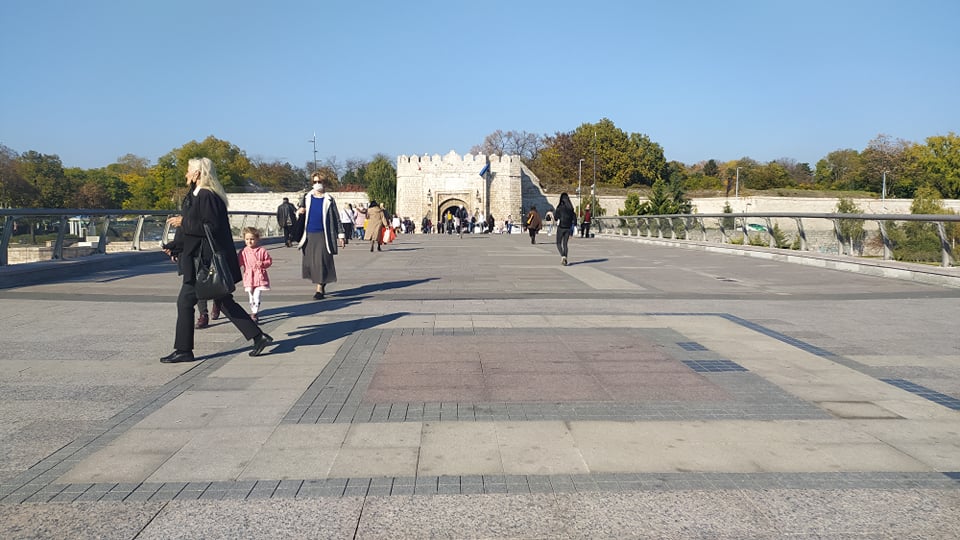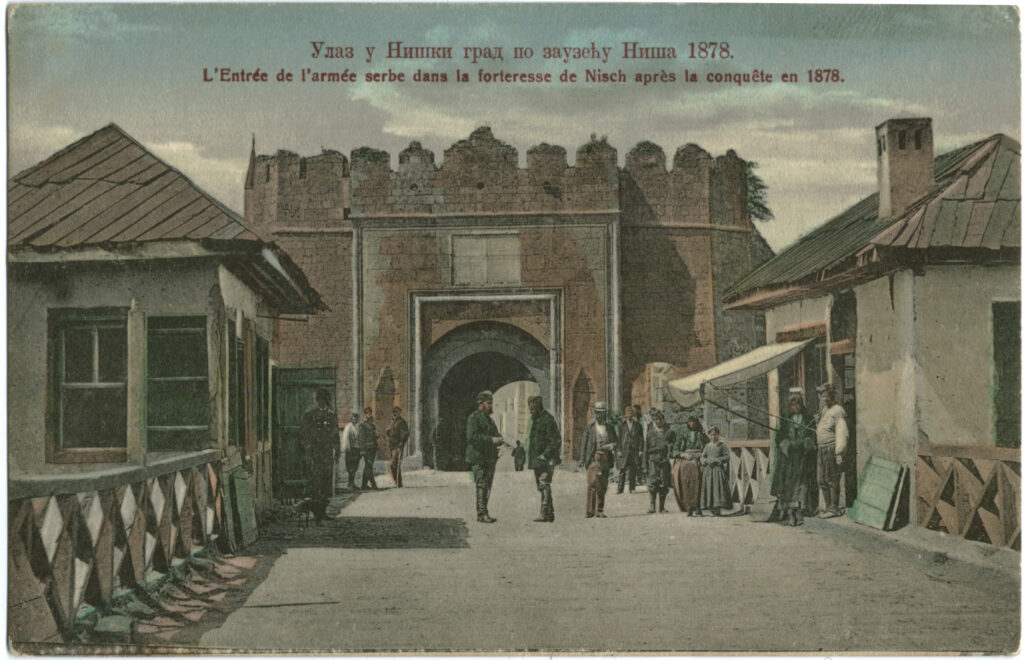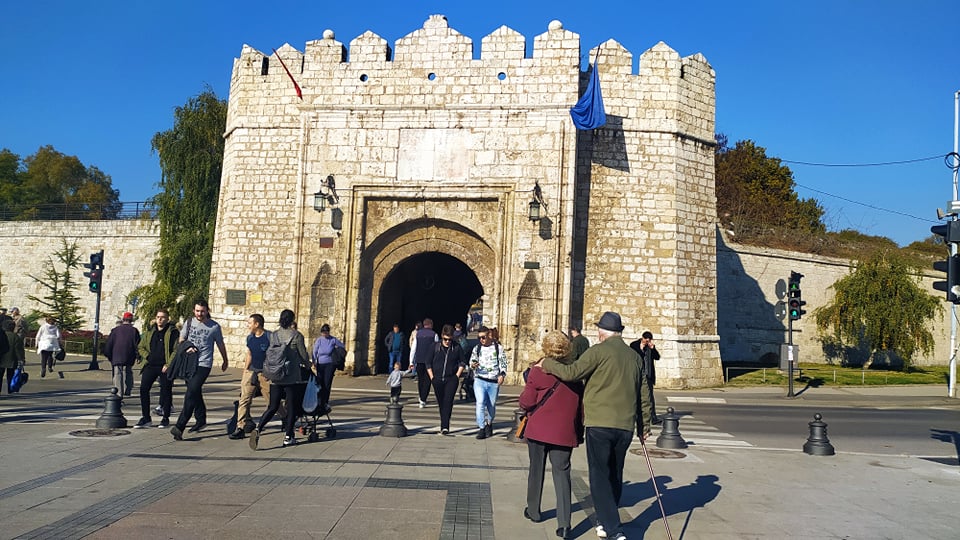The present day symbol of Nis, was built by the Turks. Construction began in the spring of 1719. The main architect was Mehmed-Aga and the main organizer of the work was his brother Mustafa-Aga. About 400 masons worked on the rampart. The completion of the works in 1723 was marked by ceremonies at the Stambol-Gate.

The Nis Fortress covers 22 hectares and with Belgrade represented the strongest Turkish fort in the border areas of the then Ottoman Empire.
However, the history of the Nis fortress began long before the arrival of the Turks. In the middle of the 2nd century, Nis was first mentioned in historical records. In the geography of Claudius Ptolemy, Nis was listed among the four largest cities in the Roman region of Dardania.
At the turn of the 2nd to the 3rd century Nis was already given the status of a self-governing city. In the 4th century it became the center of Roman emperors. Constantine the Great was born in Nis, and records show that he “magnificently decorated” this city, erected his “court” and added a fort. Constantine’s sons also resided in the Nis.
For a longer time, Emperor Julian lived here and although he strengthened the walls, the very prosperity of Nis made it a target. It was destroyed by Attila the Hun in 443. He conquered Nis by using battering rams and mobile siege towers, a military sophistication that was new in the Hun repertory.

The Nis fortress was rebuilt in 530 by the Byzantine Emperor Justinian. However, the Slavs who had been invading the territory for more than 500 years, finally conquered Nis in 615, which began the medieval period of the city.
Over the years, the low Fort was repeatedly demolished and rebuilt. Serbian sources noted that Stefan Nemanja, the Great, penetrated the “glorious city of Nis” in 1183 and completely destroyed it. 1186 the city was conquered from Byzantium.
Throughout the 13th century, there is no record of Nis, but it is believed that it was under Bulgarian rule. Nis re-joined Serbia when Stefan Dechanski defeated Bulgarian Emperor Mihail Shishman. The last medieval fortress in Nis was rebuilt in 1402 by despot Stefan Lazarevic.
As early as 1428, Nis came under Turkish rule. After about 400 years of Ottoman rule, the city was liberated by the Serbs in 1878.
The Niš Fortress was protected by law in May 1948. and was declared a cultural property of great importance by a decision of the Serbian Parliament in 1979.
Read also about: Arsenal in Fortress of Nis.

